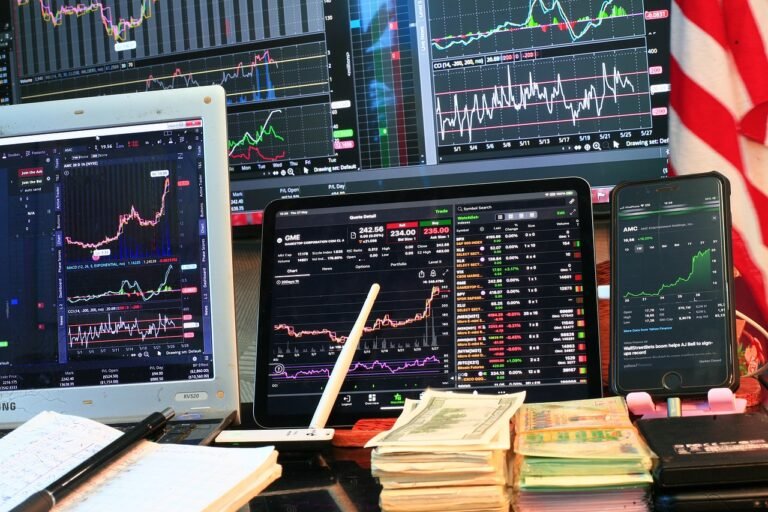
In the world of financial markets, indicators are essential tools used by traders to analyze price movements, identify trends, and make informed decisions. They provide visual representations of data, helping traders predict future price actions and determine optimal entry and exit points. This article explores the definition, types, and significance of indicators in trading.
What Are Indicators?
A trading indicator is a mathematical calculation applied to price, volume, or open interest data, displayed as a graphical representation on a chart. These tools help traders gain insights into market behavior and identify opportunities to trade with higher accuracy.
Functions of Indicators in Trading
The primary purposes of indicators include:
- Identifying market trends.
- Highlighting overbought or oversold conditions.
- Providing confirmation for potential trade setups.
- Offering insights into market momentum and volatility.
To effectively utilize indicators, traders must combine them with other technical or fundamental analysis tools, ensuring a well-rounded approach.
Types of Indicators
Indicators can be broadly categorized into the following groups:
1. Trend Indicators
These indicators help traders identify the direction of the market, whether it is bullish, bearish, or ranging. Examples include:
- Moving Averages (MA): Shows the average price over a specified period.
- Average Directional Index (ADX): Measures the strength of a trend.
2. Momentum Indicators
Momentum indicators gauge the speed and strength of price movements. Examples include:
- Relative Strength Index (RSI): Identifies overbought and oversold conditions.
- Stochastic Oscillator: Compares a closing price to its price range over a period.
3. Volatility Indicators
These indicators measure price fluctuations and help traders understand market uncertainty. Examples include:
- Bollinger Bands: Indicates volatility using bands around a moving average.
- Average True Range (ATR): Measures market volatility.
4. Volume Indicators
Volume indicators analyze the number of traded assets to confirm price trends. Examples include:
- On-Balance Volume (OBV): Combines price movement and volume.
- Volume Weighted Average Price (VWAP): Shows the average price based on volume.
Why Are Indicators Important?
Indicators are vital in trading because they:
- Enhance decision-making by providing actionable insights.
- Help reduce emotional trading by offering data-driven guidance.
- Improve accuracy when combined with proper analysis and risk management.
However, traders should avoid overloading their charts with too many indicators, as this can lead to analysis paralysis. Instead, select a few complementary indicators that align with your trading strategy.
Using Indicators Effectively
To maximize the benefits of trading indicators:
- Understand the purpose and calculation of each indicator.
- Combine indicators from different categories for better confirmation.
- Backtest your strategy to ensure its effectiveness in historical data.
For more in-depth guides on utilizing indicators, visit tradersnr.com or explore detailed articles on tradersnr.com/blog.
Conclusion
Indicators play a crucial role in helping traders analyze the markets and make informed decisions. By understanding their types, functions, and proper usage, traders can improve their trading performance and increase their chances of success. Always remember to use indicators as part of a broader trading strategy, incorporating sound risk management and discipline.